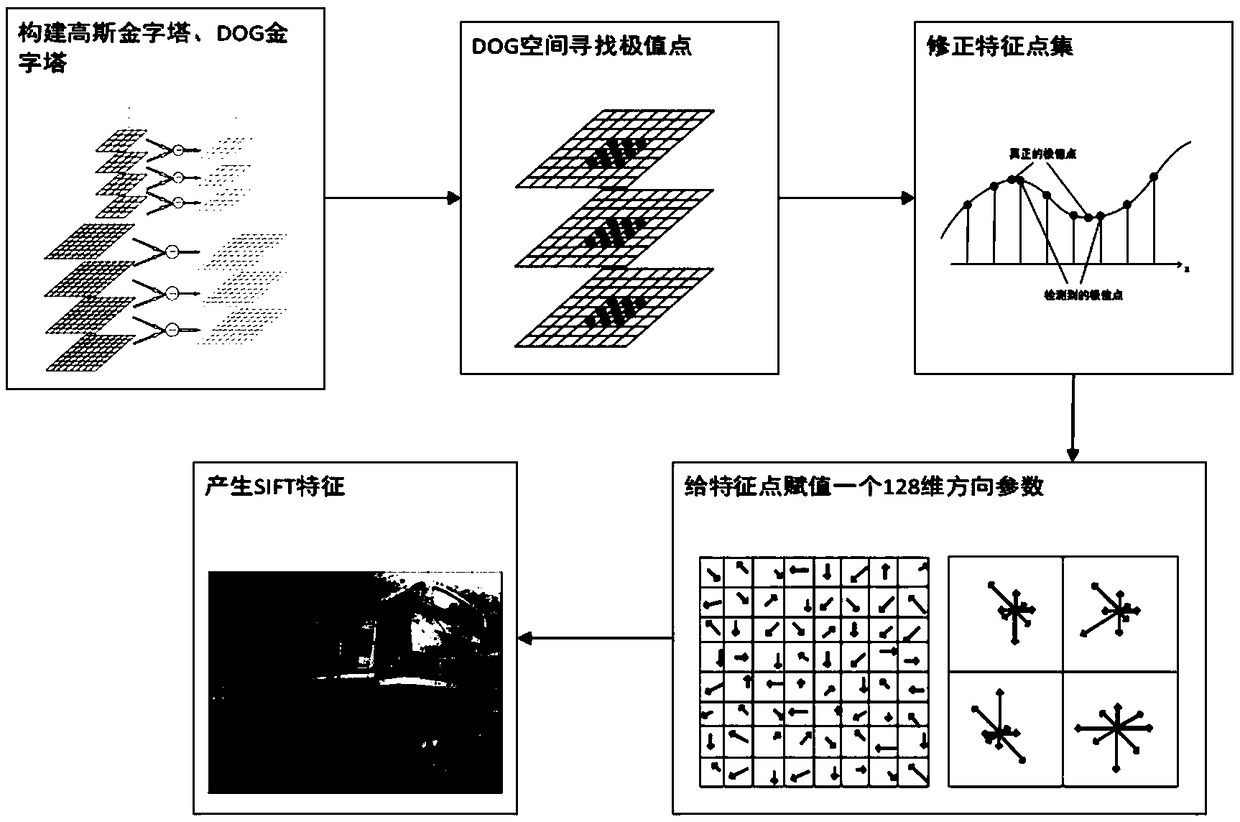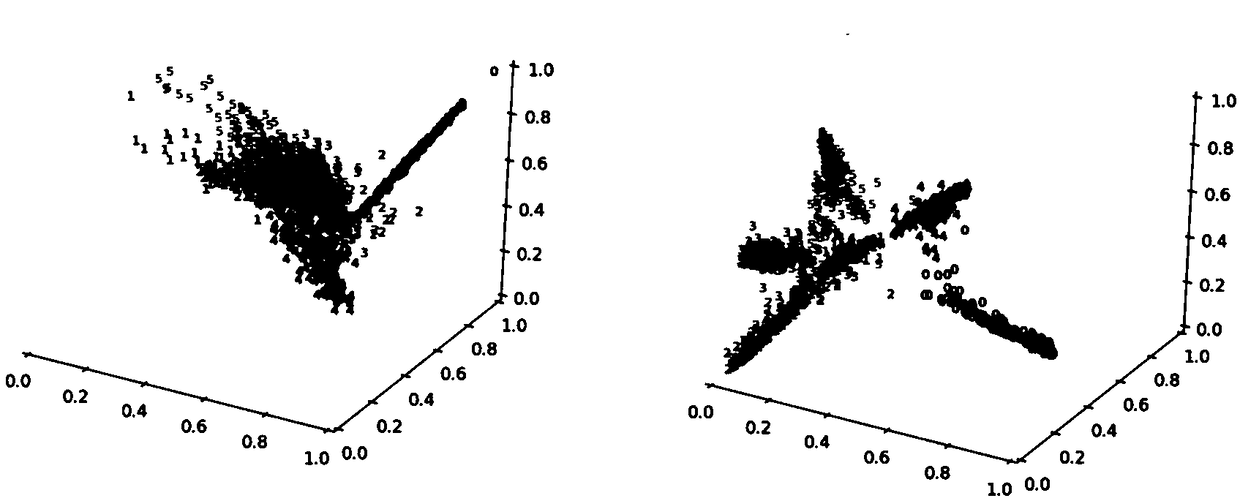Image classification algorithm and system based on manifold learning
A manifold learning and classification algorithm technology, applied in computing, computer parts, character and pattern recognition, etc., can solve the problems of complex operation, low classification accuracy and large amount of calculation.
- Summary
- Abstract
- Description
- Claims
- Application Information
AI Technical Summary
Problems solved by technology
Method used
Image
Examples
Embodiment Construction
[0095] Such as figure 1 As shown, the image classification method in the present invention can be divided into 5 steps, step 1 selects the sample set required for training and the sample set required for testing, step 2 extracts the SIFT features of all samples, and step 3 uses manifold learning To reduce the high-dimensional features of all samples, step 4 uses the SVM classifier to train the sample set, and step 5 uses the trained model to classify the test sample set. Specific steps are as follows:
[0096] Step 1: Select the sample set required for training and the sample set required for testing.
[0097] Step 2: Extract the image features of the two sample sets by using the SIFT algorithm, such as figure 2 shown.
[0098] Step 2a: Construct the scale space. First, the Gaussian pyramid is established by convolving the image with the Gaussian function. The scale space of the two-dimensional image in the Gaussian pyramid is defined as formula 1-1:
[0099] L i (x, y, ...
PUM
 Login to View More
Login to View More Abstract
Description
Claims
Application Information
 Login to View More
Login to View More - R&D
- Intellectual Property
- Life Sciences
- Materials
- Tech Scout
- Unparalleled Data Quality
- Higher Quality Content
- 60% Fewer Hallucinations
Browse by: Latest US Patents, China's latest patents, Technical Efficacy Thesaurus, Application Domain, Technology Topic, Popular Technical Reports.
© 2025 PatSnap. All rights reserved.Legal|Privacy policy|Modern Slavery Act Transparency Statement|Sitemap|About US| Contact US: help@patsnap.com



